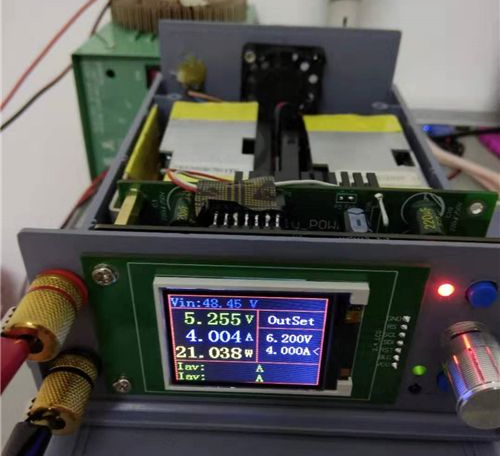
Constructing a versatile digital control power supply is a common necessity in the realm of electronic do-it-yourself projects. Join us in crafting a sophisticated solution that avoids the pitfalls of traditional linear adjustable power supplies, specifically those utilizing STM32+TL431+2N3055, known for their heat generation, low voltage, and imprecise outputs. Below, we present the specifications for an optimal digital control power supply, offering fundamental capabilities with room for future enhancements:
Key Parameters:
· Input Voltage: 12-50VDC
· Output Voltage: 0-45V
· Output Current: 0-8A
· Maximum Power: 250W
· Maximum Efficiency: 97%
· Output Ripple: 50mVpp
· Voltage Stability: 1%
· Switching Frequency: 100KHz
· Protection Functions: Input under-voltage/over-voltage, output over-current
· Indicators: ON/OFF, CV, CC
· Human-Machine Interaction: Buttons, encoder, 1.8-inch color display, buzzer, USART, SWD
· Step Settings: Voltage/0.1V/1V, Current/0.1A/1A
The control board, powered by STM32, implements a PID algorithm for precise current-voltage control. It includes a 1.8-inch SPI color display, toggle buttons, setting buttons, encoder control, and more.
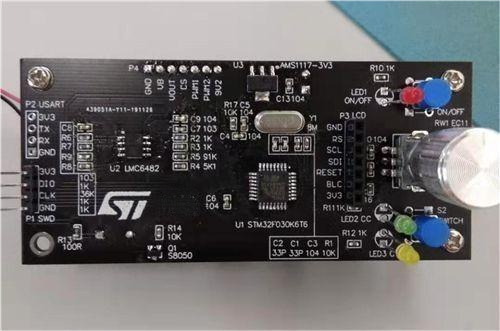
The power board integrates two 80V90A MOS transistors with a half-bridge drive and a 12V power supply circuit.
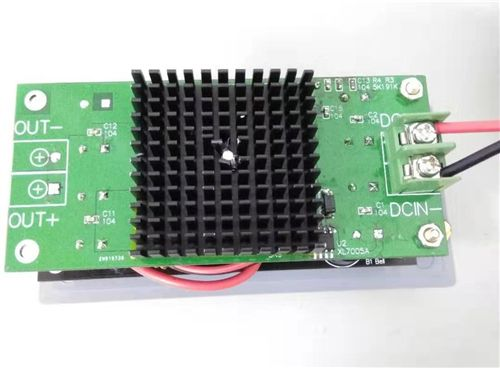
Upon assembly, the unit assumes a sleek 12060190mm plastic enclosure with strategically placed bottom perforations.
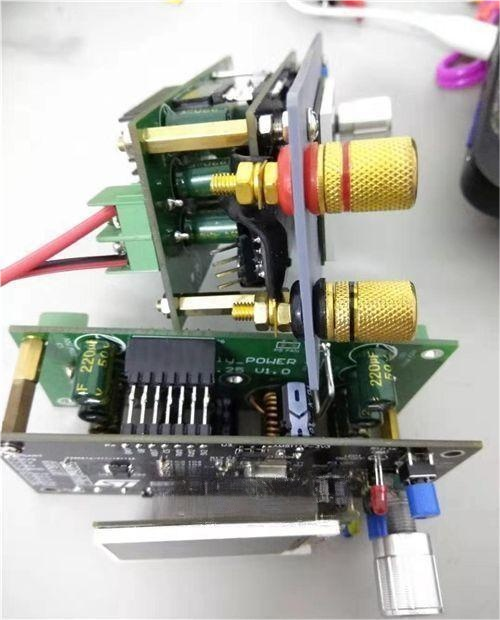
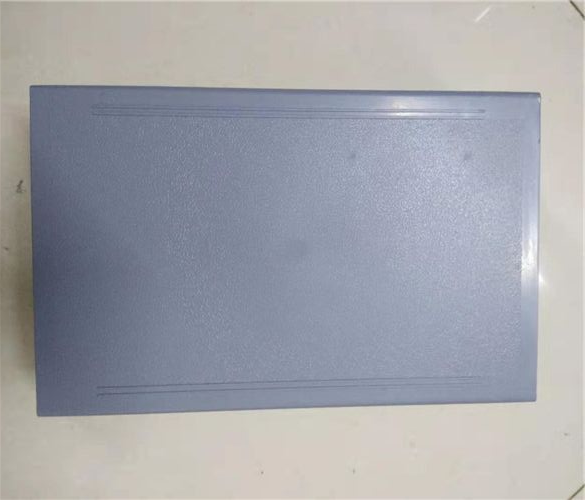
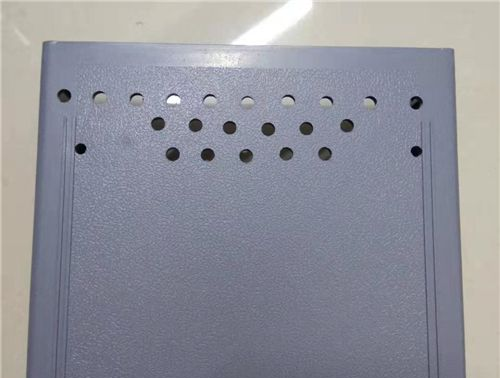
The meticulously designed panel boasts 29 holes, accommodating electric screwdrivers of various sizes for a polished finish.
The back panel is equipped with a fan and a power switch for enhanced functionality.

The visually appealing front and back panels are designed for user convenience, and a successful power-on test confirms operational readiness.
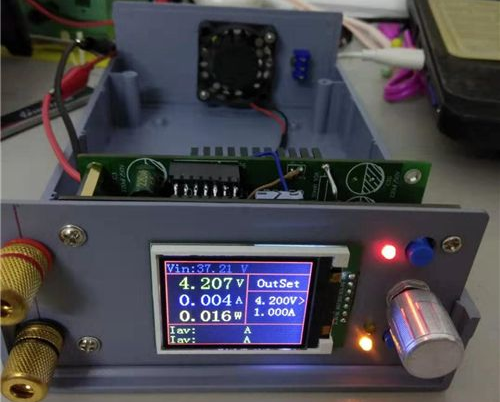
By incorporating two salvaged 24V5A power supplies in series, a stable 48.5V5A output is achieved, ensuring optimal performance.
